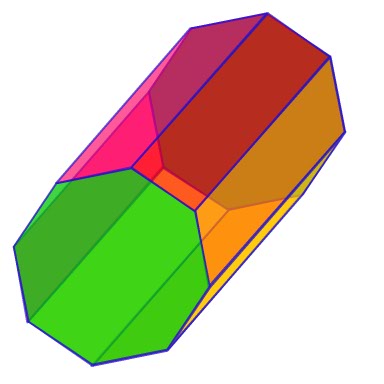
Galileo attempted to measure the speed of light in the seventeenth century. All forms of electromagnetic radiation move at exactly this same speed in vacuum.ĭifferent physicists have attempted to measure the speed of light throughout history. The fixed value of the speed of light in SI units results from the fact that the metre is now defined in terms of the speed of light. The speed of light in a vacuum is defined to be exactly 299 792 458 m/s (approx. Plant growth is also affected by the colour spectrum of light, a process known as photomorphogenesis.īeam of sun light inside the cavity of Rocca ill'Abissu at Fondachelli-Fantina, Sicily

Under ideal laboratory conditions, people can see infrared up to at least 1,050 nm children and young adults may perceive ultraviolet wavelengths down to about 310–313 nm. Various sources define visible light as narrowly as 420–680 nm to as broadly as 380–800 nm. Many animals with eyes that do not require lenses (such as insects and shrimp) are able to detect ultraviolet, by quantum photon-absorption mechanisms, in much the same chemical way that humans detect visible light. Furthermore, the rods and cones located in the retina of the human eye cannot detect the very short (below 360 nm) ultraviolet wavelengths and are in fact damaged by ultraviolet. EMR in this range causes molecular vibration and heating effects, which is how these animals detect it.Ībove the range of visible light, ultraviolet light becomes invisible to humans, mostly because it is absorbed by the cornea below 360 nm and the internal lens below 400 nm. Infrared sensing in snakes depends on a kind of natural thermal imaging, in which tiny packets of cellular water are raised in temperature by the infrared radiation. There exist animals that are sensitive to various types of infrared, but not by means of quantum-absorption. At the lower end of the visible light spectrum, EMR becomes invisible to humans (infrared) because its photons no longer have enough individual energy to cause a lasting molecular change (a change in conformation) in the visual molecule retinal in the human retina, which change triggers the sensation of vision. When EMR interacts with single atoms and molecules, its behavior depends on the amount of energy per quantum it carries.ĮMR in the visible light region consists of quanta (called photons) that are at the lower end of the energies that are capable of causing electronic excitation within molecules, which leads to changes in the bonding or chemistry of the molecule. Higher frequencies have shorter wavelengths and lower frequencies have longer wavelengths. The behavior of EMR depends on its wavelength. The designation " radiation" excludes static electric, magnetic and near fields. Generally, electromagnetic radiation (EMR) is classified by wavelength into radio waves, microwaves, infrared, the visible spectrum that we perceive as light, ultraviolet, X-rays and gamma rays.

With the development of electric lights and power systems, electric lighting has effectively replaced firelight. Historically, another important source of light for humans has been fire, from ancient campfires to modern kerosene lamps. The main source of natural light on Earth is the Sun. The study of light, known as optics, is an important research area in modern physics. Like all types of electromagnetic radiation, visible light propagates by massless elementary particles called photons that represents the quanta of electromagnetic field, and can be analyzed as both waves and particles. Its speed in a vacuum, 299 792 458 metres a second (m/s), is one of the fundamental constants of nature. The primary properties of light are intensity, propagation direction, frequency or wavelength spectrum and polarization. In this sense, gamma rays, X-rays, microwaves and radio waves are also light. In physics, the term "light" may refer more broadly to electromagnetic radiation of any wavelength, whether visible or not. Visible light is usually defined as having wavelengths in the range of 400–700 nanometres (nm), corresponding to frequencies of 750–420 terahertz, between the infrared (with longer wavelengths) and the ultraviolet (with shorter wavelengths). Light or visible light is electromagnetic radiation within the portion of the electromagnetic spectrum that is perceived by the human eye.


 0 kommentar(er)
0 kommentar(er)
